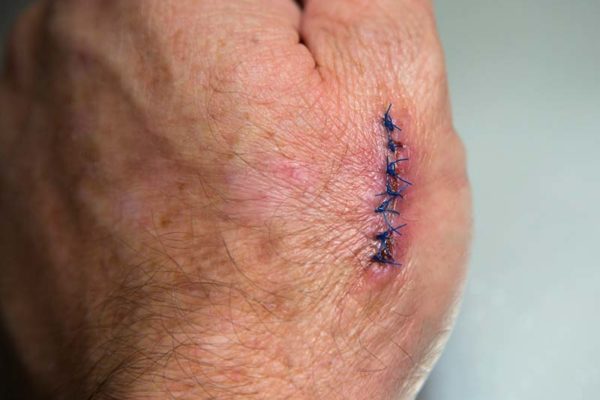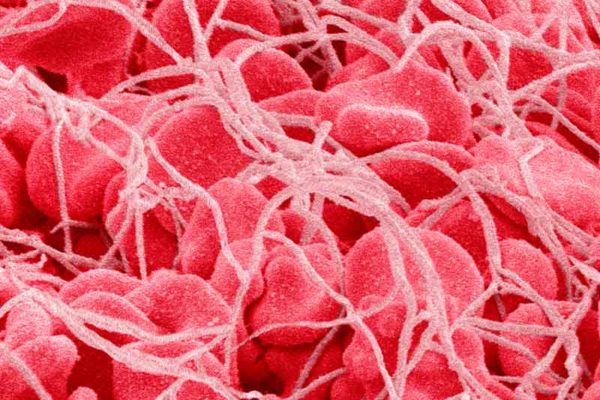Background
Small-for-gestational-age (SGA) babies are neonates whose birth-weight is less than the 10th percentile for the gestational age. Preterm SGA birth has been shown to double the risk of subsequent stillbirth. There are currently around 665,000 babies born in England each year, but despite falling to its lowest rate in 20 years, there are around 3,000 stillbirths, with one in every 200 babies stillborn. According to the WHO, 23 high-income countries have lower stillbirth rates than the UK. One of the key factors that reduced the rate of stillborn according to the NHS is better detection of small babies attributed to better monitoring and scanning in pregnancy. Despite this, current screening practices of high-risk patients still fail to detect approximately three quarters of SGA babies before birth and an even higher proportion in low-risk pregnancies. To further reduce the number of preventable stillbirths, more reliable pregnancy risk prediction and monitoring of a baby’s growth, including SGA diagnosis, are required. The present invention proposes a solution by providing a non-invasive testing platform based on microRNAs for predicting small-for-gestational-age (SGA) births.
Technology
miRNAs are small, single-stranded, 19-25 nucleotide molecules that regulate gene expression in almost all eukaryotes. Placental miRNAs are released into the maternal circulation where they remain stable and are easily detectable in blood providing novel, non-invasive biomarkers for placental disorders.
The technology aims to determine the risk of SGA births based on plasma miRNAs detected from maternal blood samples. All pregnant women currently undergo blood testing for Rhesus group and viral infections at 13 weeks of pregnancy; this is an ideal time to screen for risk of SGA births. Maternal blood is collected, and serum is screened and analysed for the presence and copy number of specific miRNA sequences. The relative expression of a panel of seven miRNAs gives an indication of likelihood of SGA births.
Benefits
- Life-saving technology – Better diagnosis can decrease the UK’s rate of stillbirth
- Reducing the healthcare system burden – High cost of premature SGA babies can be lowered with better diagnosis
- Improving accuracy of prenatal monitoring –Currently 3/4 SGA babies are not diagnosed before birth
- Low-cost diagnosis – No need for additional staff training or specialised facilities
- Non-invasive testing of maternal blood samples during routine check at 13 weeks
Applications
The invention is likely to be commercialised as a routine screening procedure for expectant mothers. This would allow early detection of those at risk in order to focus the healthcare resources on patients who are more likely to benefit from monitoring and interventions.
Intellectual Property
The technology is protected by a patent application (Priority Application number 1901120.4). It is now available for licensing.





